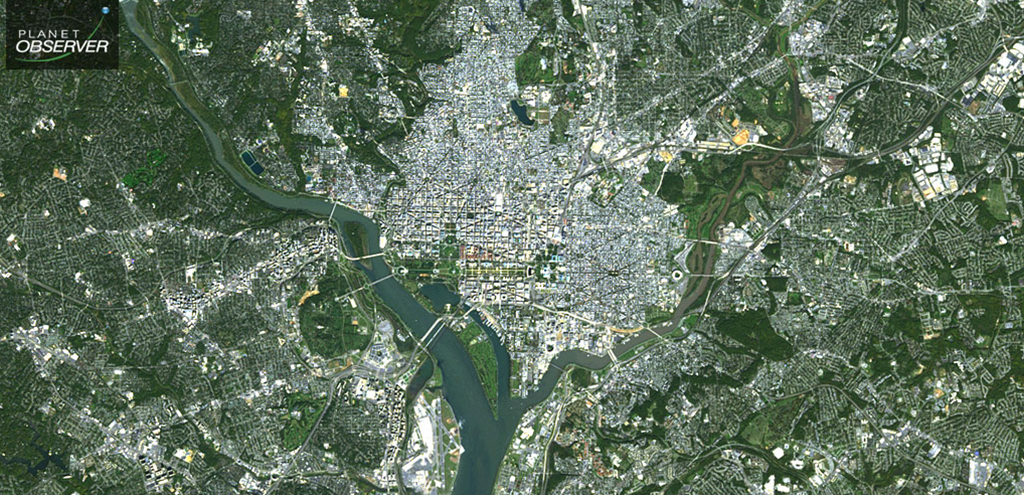THE LEAFLET

The Roots of the Matter: Historical Content of Urban Environmental Disparities
These days the phrase “listening and learning” sounds a lot like the frustratingly empty and intangible “thoughts and prayers”. While we’re committed to concrete actions that address racial inequalities in our city, learning about the history and framework that led us to where we are is incredibly important. It’s a fact that there is less canopy in underserved neighborhoods throughout the city, but why? It’s a fact that D.C. is affected by urban heat island effect, but certain neighborhoods feel the effects of that extreme heat more than others – why is that? D.C. is bordered by two rivers, the Potomac and the Anacostia – what about their history and development has led to drastically different surrounding amenities and resources? Digging into the data and its historical context is an important step in recognizing the systemic and generational forces at play in urban environmental inequalities.
It’s been noted before that there are numerous, interconnected ways that climate change will affect geographical and socioeconomic parts of the city differently and even exacerbates current inequalities. Join us as we look at them and begin to mitigate the institutionalized, historical harm that has been done. It’s been noted that, “Projections show that neighborhoods east of the Anacostia will be especially vulnerable to flooding and water contamination in the coming decades. Excessive heat is the largest cause of weather-related deaths since the 1980s and disproportionately kills those without consistent access to air conditioning. Poor air quality, in tandem with little or no access to healthcare, can become deadly.”
With that in mind, we’re diving right in! We are committed to examine and analyze facets of urban life – access and quality of greenspace, amount of impervious surfaces, tree cover, water quality, sea level rise, floodplain settlement, air pollution levels – and look at how and why disparities exist and what we can do about them.
This is one way we’re covering environmental injustice as part of our invigorated efforts to consider the racial implications of environmentalism and city planning efforts. As always, we’re open for questions, comments, and critiques at friends@caseytrees.org.